Commentary: Cutting red tape can supercharge growth-- and tame inflation
Published in Op Eds
The Trump administration is doubling down on deregulation. Quite literally, in fact: Where the previous Trump administration removed five regulations for every new one, the target is now 10.
New research confirms this is the right approach. Cutting regulations would increase GDP, expand investment, and cut inflation without raising taxes. If Congress wants to supercharge growth, it must lock in these reforms before unelected Washington bureaucrats have the chance to undo them.
Our research shows that simply freezing new regulations for a decade would increase GDP by 1.8 percent — comparable to the economic gains from a major tax cut. Inflation would also ease, with the GDP deflator — a key measure of price levels — falling by 5.7% over the same period. That translates into a reduction in annual inflation of 0.6 percentage points, which would help the Fed get rid of stubbornly high inflation.
These results shouldn’t come as a surprise. Regulations function as a hidden tax, siphoning resources away from productive use. Businesses must redirect capital toward compliance instead of expanding current operations and researching new technological breakthroughs.
The burden of regulation that weighs on businesses is growing. Our measure of regulation shows that it grew 15% in the last decade and has nearly doubled since 1980. As regulations pile up over time, they force businesses to spend more on legal and bureaucratic overhead than making products for consumers.
This regulatory drag shows up in two ways: higher costs and lower growth. Compliance expenses drive up production costs, which are passed on to consumers. Meanwhile, firms invest less in workers and innovation, reducing productivity and wage growth.
However, when businesses spend less time complying with government mandates, they spend more time expanding, hiring, and investing. Our findings suggest that deregulation’s impact on economic output mirrors that of the Tax Cuts and Jobs Act (TCJA), which boosted growth by lowering barriers to investment.
Our estimates are in line with this basic economic intuition. We used RegData 5.0, a text-based database that tracks regulatory intensity in the Federal Register, to analyze the relationship between regulation and key economic indicators. Our model forecasts that freezing new regulations for 10 years would boost investment, job growth, and consumption. The results are striking:
— Investment surges by 7.8%. When compliance costs drop, businesses are more willing to deploy capital.
— Hours worked increase by 1.4%. More job opportunities mean greater workforce participation.
— Consumption rises by 1.7%. Households benefit from lower prices and stronger labor markets.
These results suggest that unshackling the private sector provides supply-side stimulus that can drive growth just as effectively as tax cuts. The economic gains from deregulation are real, and Washington should take note. Policymakers looking to maximize pro-growth policy should consider pairing TCJA extensions with aggressive regulatory reform.
Excessive debt and elevated inflation remain the primary economic challenges facing the United States today. The two go hand-in-hand, as the recent burst of inflation followed profligate spending from Congress enabled with loose monetary policy from the Federal Reserve.
Current efforts to tackle debt and inflation have significant drawbacks. The Federal Reserve has relied on interest rate hikes to rein in inflation, which slows investment and growth. Supply-side tax cuts could raise growth but could make inflation worse if they’re financed by adding to the deficit.
Deregulation offers a pro-growth alternative. Stripping away regulatory barriers increases the economy’s productive capacity, which dampens inflationary pressures without the need for aggressive monetary tightening.
Lawmakers debating the extension of the TCJA should consider a two-pronged approach: make the pro-growth tax cuts permanent and slash regulatory red tape. Congress can affirm the Trump administration’s deregulatory efforts and specify which regulatory burdens to remove. The combination of tax cuts and deregulation would supercharge growth and keep inflation at bay.
Congress has an opportunity to turbocharge the economy without adding to the deficit. If Washington wants stronger growth and lower inflation, there’s a simple answer: cut the red tape.
____
Parker Sheppard, Ph.D., is a Research Fellow at The Heritage Foundation, where William Beach is a Senior Associate Fellow.
_____
©2025 Tribune Content Agency, LLC.



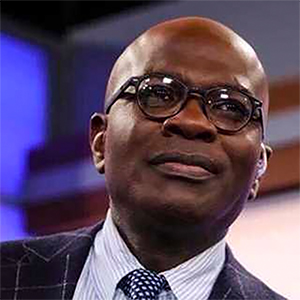





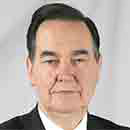

















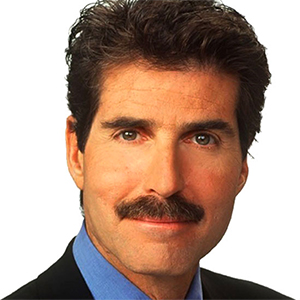

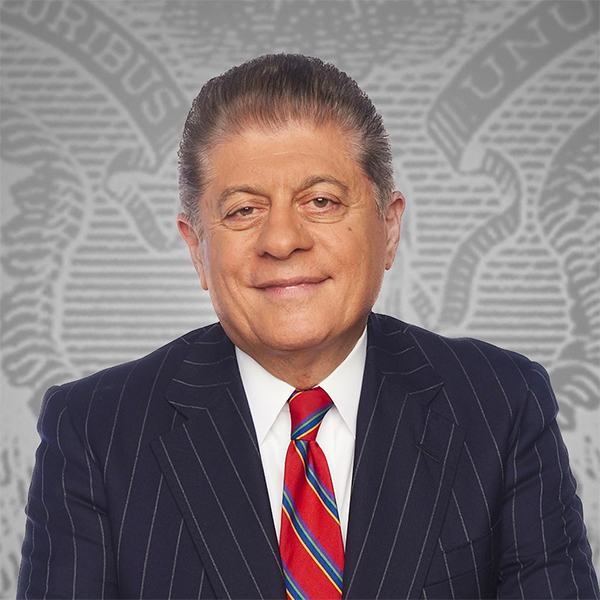



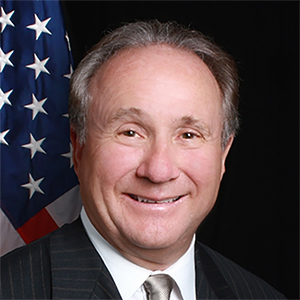



















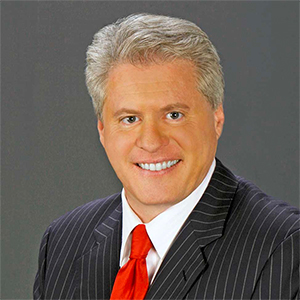

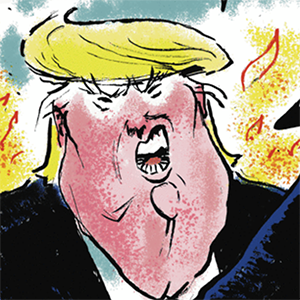

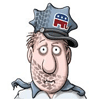

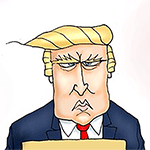
Comments